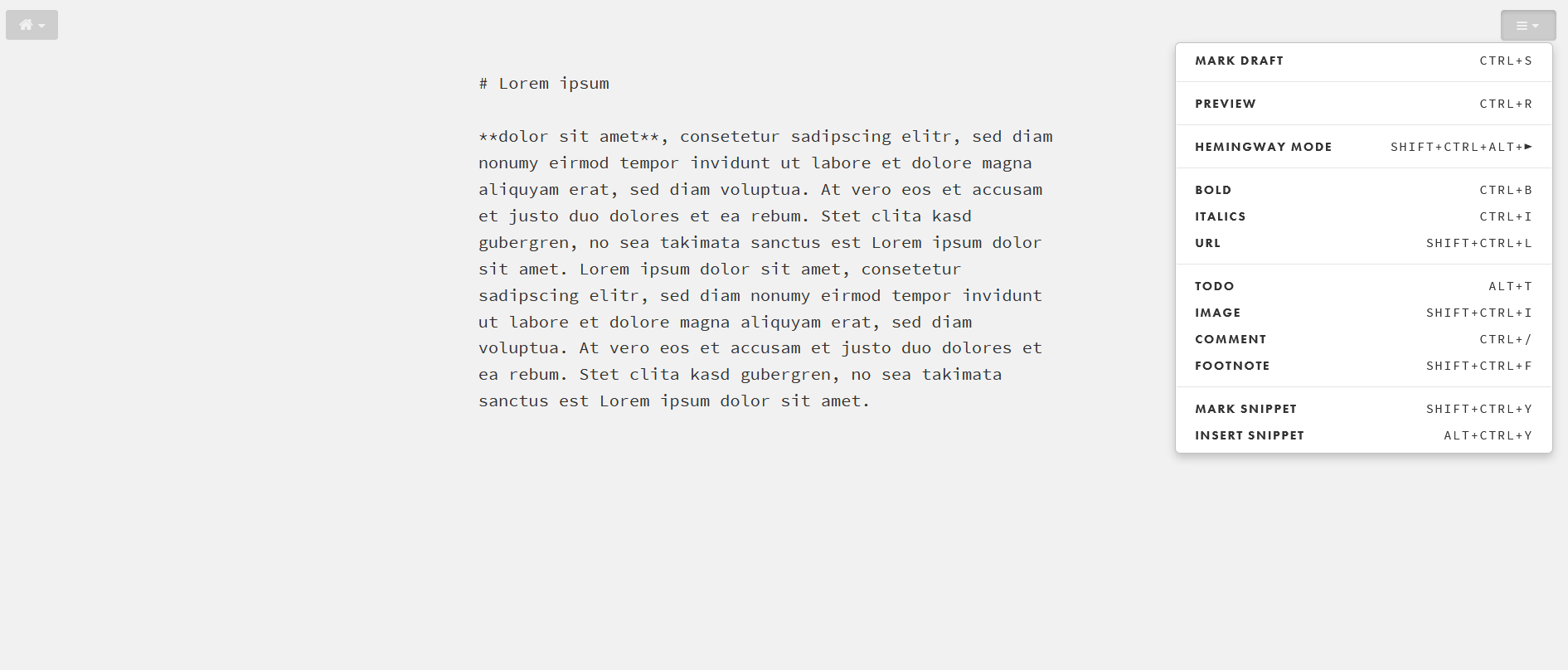A few years ago, I was looking to solve a problem that, in hindsight, didn’t need solving. Specifically, I wanted to have a system in place for legal clients to have easy access to their digital documents. After some research and trials (why are nearly all legal-focused software/services terrible?), I ended up choosing Basecamp.
I have read several books by Basecamp’s founders, and I believed (and continue to believe) in the company. So I spent time and money making the transition of many legal files into a Basecamp install and spent client attention getting them into the system. This was no small investment for me. Basecamp costs $1,000 per year. Moreover, it is a web service and not particularly automation friendly. Digiboard driver download for windows. I figured out work-arounds, but my traditional bag of tricks did not work, and everything I did in relation to my legal files took … just … a … little … longer.
- Basecamp is the premier project management + internal communication tool for remote WFH teams worldwide.
- The purpose of the Basecamp experiment was to solve a perceived problem with the law practice, but since I had the account, I also started using it for administration of the MacSparky bits. My virtual assistant liked Basecamp and, from the beginning, it was a very convenient place for us to work together. Markdown Field Guide.

OmniFocus recently reminded me that I am a few months away from my annual Basecamp renewal, so I spent some time looking into my usage. In doing so, I realized that only 3% of my clients were using it as I envisioned. Hcc-embedded driver download. I spoke with a few clients about this, and one explained to me, “Dave, I’m paying you for a service. Don’t make me learn software to do so.”
In short, my Basecamp experiment crashed and burned. So over the last few months, I have been pulling my legal data out of Basecamp, and I am now sorting out a more traditional, local file system for that data. There were other benefits available on Basecamp that I will miss, specifically the ability to easily combine documents, notes, email, and other data on a per-transaction basis. So now I am neck-deep in JavaScript and creating tools in Drafts, Hazel, Keyboard Maestro, Shortcuts, and all the other bits to replicate those features locally. It’s all working out, and it probably would not surprise you to learn that I am enjoying building out the new automation.
There is, however, a plot twist. The purpose of the Basecamp experiment was to solve a perceived problem with the law practice, but since I had the account, I also started using it for administration of the MacSparky bits. My virtual assistant liked Basecamp and, from the beginning, it was a very convenient place for us to work together. I spent some time looking at other collaboration tools and none of them are particularly appealing. So while I am going shut down my paid account, I will remain in Basecamp with a free personal account, limited to three projects. That is plenty for us to keep things rolling at MacSparky.

Plan on future posts here about automation and file management since now I am neck-deep in it.
Recently, I write in Basecamp. It helps me to focus on the single piece of document.
Basecamp is project management tool that encourages context based communication for teams. I have been using Basecamp solo and enjoying the tools it provides. Recently, I’m using Basecamp to write.
There are 2 states when writing a document in Basecamp. They are either drafts or published. Drafts are private to owner. In my solo Basecamp project, published document is only visible to me as well. I used the “Draft” state for any writing-in-progress document. I can quickly access to my these unfinished drafts through the “My Drafts” link. When the writings is ready for editing, I “post” it as published state and store it in the “Docs & Files” area.
Drivers cypress keyboards. If I need to seek external review for my copywriting, I can share the document via a public link with random hash.
Unlike writing app that often provides immediate edit and auto-save-and-sync functionality. The editing process is quite manual in Basecamp. I need to click “edit” every time when I want to make change. And “save” when I’m done writing. The extra steps to edit and save the document is quite similar to the code check-out and check-in approach. It helps me to stay focus in this distraction world. It is like having a un-staged changes in `git status`. I need to type as much as possible in the document and then click “save” to check-in the writing changes.
Of course, the editor in Basecamp does auto-save the content in local storage until it is being saved to server. So my content won’t be lost. But the “un-staged” state forces me to finish something before I save it again, so that I don’t feel guilty of not writing anything before save, or not saving before I get distracted.
After finishing the writing, I can then copy the text to the final destination process. If it is an email, I copy the rich text to the mail client. If it is a blog, I copy the rich text to the WordPress editor and re-upload the images. If it is a markdown output, I copy the HTML code and convert them into markdown. Or I just copy the simple rich text into to markdown file if they are plain text article.


Basecamp 3 Markdown
Edit your html in Markdown, then convert to html.
Basecamp Markdown Download
The exporting process may not be ideal, but it doesn’t take too much time when comparing to the time wasted in writing nothing in distracted environment.
